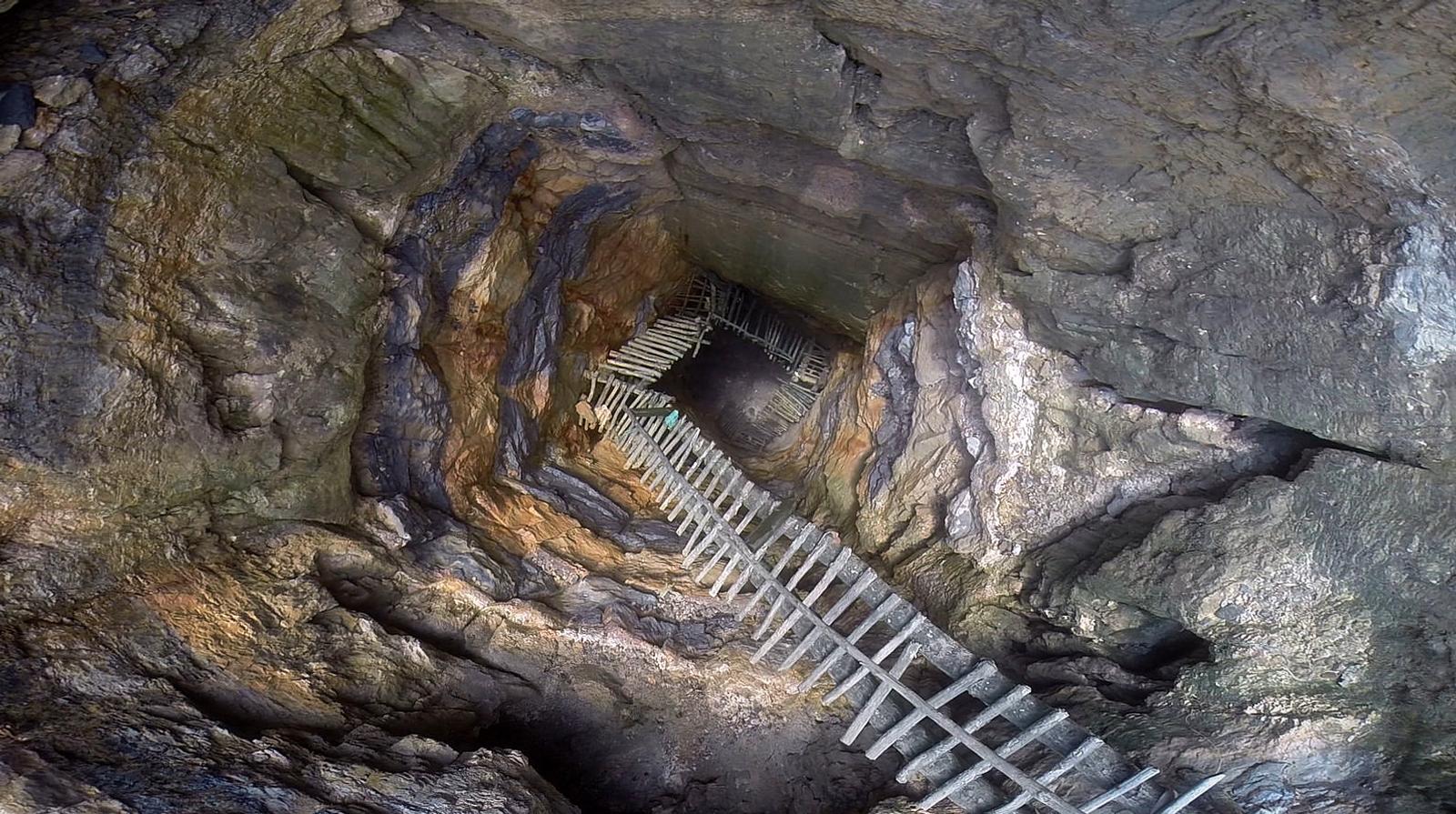Phulbari Mines, Meghalaya: Environmental Impact and Controversies
The Phulbari Coal Mines
Meghalaya, a northeastern state of India, is endowed with rich mineral resources, including coal, limestone, and uranium. Among them, coal is the most significant, contributing to the state's economy and energy requirements. However, the extraction of coal in Meghalaya, especially in the Phulbari region, has been a subject of immense controversy and debate due to its adverse environmental impact and violation of human rights.
 |
| Phulbari Mines, Meghalaya: Environmental Impact and Controversies |
Geographical location and mining methods
Phulbari is a small town in the West Garo Hills district of Meghalaya, situated on the India-Bangladesh border. The region has an estimated coal reserve of 576 million metric tonnes, making it one of the largest coal mines in Asia. The coal deposits in Phulbari are mainly of sub-bituminous type and are extracted through the conventional method of underground mining.
 |
| Phulbari Mines, Meghalaya: Environmental Impact and Controversies |
Environmental impact
The extraction of coal in Phulbari has caused significant damage to the environment, including deforestation, soil erosion, and water pollution. The mining activities have led to the destruction of vast tracts of forest cover, affecting the biodiversity of the region. The use of explosives and heavy machinery has resulted in soil erosion, leading to landslides and degradation of soil quality. The mining operations have also contaminated the water sources in the region, affecting the quality of drinking water and aquatic life.
Violation of human rights
The extraction of coal in Phulbari has also led to the violation of human rights, especially of the local indigenous communities. The mining activities have displaced thousands of families, forcing them to leave their homes and ancestral lands. The resettlement and rehabilitation policies of the government have been inadequate, leaving the displaced families in a state of poverty and deprivation. The mining operations have also led to the loss of traditional livelihoods, leading to the marginalization of the indigenous communities.
 |
| Phulbari Mines, Meghalaya: Environmental Impact and Controversies |
Controversies surrounding the Phulbari Coal Mines
The extraction of coal in Phulbari has been a subject of immense controversy and debate, leading to protests and demonstrations by various groups, including environmentalists, human rights activists, and local communities.
2006 protests and the Phulbari massacre
In 2006, a series of protests were organized by local communities and environmental groups against the proposed open-pit mining in Phulbari. The protests turned violent, leading to clashes between the protesters and the police. The police opened fire on the protesters, resulting in the death of three people and injuring several others. The incident is now known as the Phulbari massacre and has become a symbol of resistance against the destructive mining practices in the region.
 |
| Phulbari Mines, Meghalaya: Environmental Impact and Controversies |
Legal battles and government response
The Phulbari coal mine project has faced legal battles in various forums, including the National Green Tribunal and the Supreme Court. The government has also set up a commission to look into the environmental and social impact of the mining activities in the region. However, the commission's recommendations have not been implemented, and the mining operations continue unabated.
 |
| Phulbari Mines, Meghalaya: Environmental Impact and Controversies |
Conclusion
The Phulbari coal mines in Meghalaya are a classic example of how the extractive industries have led to environmental destruction and human rights violations. The protests and resistance against the mining operations are a testament to the local communities' determination to protect their land, livelihoods, and environment. The government must take immediate action to address the concerns of the local communities and environmental groups and ensure that the mining activities in the region are carried out sustainably.
read about more: Phulbari mines,Meghalaya
FAQs
What is the estimated coal reserve in Phulbari?
Ans: The estimated coal reserve in Phulbari is 576
What is the method used to extract coal in Phulbari?
Ans: The conventional method of underground mining is used to extract coal in Phulbari.
What is the environmental impact of the Phulbari coal mines?
Ans: The extraction of coal in Phulbari has caused significant damage to the environment, including deforestation, soil erosion, and water pollution.
How has the mining operations affected the local communities?
Ans: The mining operations have displaced thousands of families, forcing them to leave their homes and ancestral lands, leading to the violation of human rights, especially of the local indigenous communities.
What is the significance of the Phulbari massacre?
Ans: The Phulbari massacre is a symbol of resistance against the destructive mining practices in the region, and the protests and resistance against the mining operations are a testament to the local communities' determination to protect their land, livelihoods, and environment.

Post a Comment